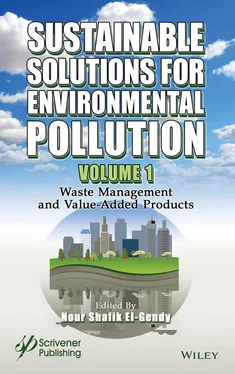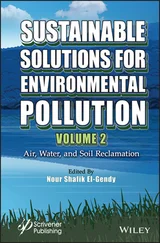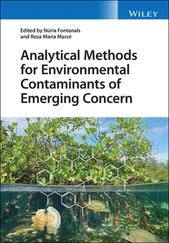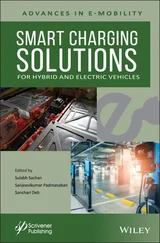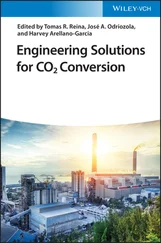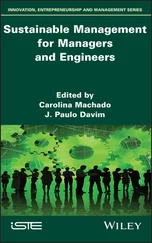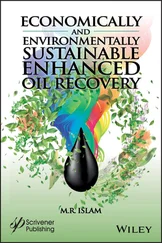Many countries have set up policies to decrease fossil fuel dependency and petro-based synthesis of commodity chemicals. Fermentative biofuels and bioresource recovery processes are expected to assist considerably in this context of sustainable transition to a bio-based economy. The utilization of renewable resources such as waste biomass is often considered an attractive feature of fermentative bioprocesses. However, limitations regarding the robustness of process and selectivity of target products are often considered bottlenecks to their sustainable commercialization. Particularly, in conventional fermentation processes, microorganisms produce undesired by-products to attain intracellular redox balance, which leads to a low yield of target products. Recently, electro-fermentation has emerged as an innovative approach for changing metabolic pathways of fermentative microorganisms towards target products with higher yields and productivities by changing intracellular redox potential. Lab-scale EF studies have successfully demonstrated superior performance over conventional fermentation to produce a wide variety of biofuels and commodity chemicals. This book chapter provides an overview of fundamental and applied aspects of various value-added products synthesis with the EF process and identifies research gaps for future development.
Keywords:Electro-fermentation, electro-selective fermentation, fermentation, value-added products, biofuel, biorefinery
Microbial electrochemical cell (MXC) is a unique type of bioreactor, which integrates biological processes (e.g., utilizing electroactive bacteria as biocatalyst) with electrochemistry (e.g., introducing electrodes, potentials) to convert the chemical energy in organic matter into bioenergy. To differentiate the various types of MXCs, different names have been assigned based on the products or their provided services. Over the decades, the MXCs were largely focused to generate bio-electricity in microbial fuel cells (MFCs) (Logan, 2008). More recently, MXCs were engineered to produce various biogas, such as bio-hydrogen in microbial electrolysis cell (MEC) (Logan et al ., 2008; Wagner et al ., 2009) and bio-methane in microbial electrolysis cell assisted anaerobic digester (MEC-AD) (Huang et al ., 2020; Zakaria and Dhar, 2019). Nonetheless, the MXCs were also implemented for many other applications, such as water desalination in microbial desalination cell (MDC) (Al-Mamun et al ., 2018; Jafary et al ., 2020), nutrient recovery (Barua et al ., 2019; Qin et al ., 2016; Zou et al ., 2017), CO 2-reduction-to-value-added-products in microbial electrosynthesis (MES) (Lovley and Nevin, 2013; Rabaey and Rozendal, 2010; Zhang and Angelidaki, 2014) and production of chemicals, such as hydrogen peroxide in microbial peroxide producing cells (MPPCs) (Chung et al ., 2020b; Rozendal et al ., 2009). Due to the extensive studies since the early 2000s, several studies have been dedicated to scaling-up the MXCs (Dhar et al ., 2016; Heidrich et al ., 2014; Hiegemann et al ., 2016; Liang et al ., 2018; Sim et al ., 2018). However, the main bottleneck of the aforementioned MXC applications was the requirement of high energy input or output, whether the electrons are the main driving force in MECs, MDCs, MES, and MPPCs, or they are the desired product (e.g., in MFCs). Often, challenges in achieving high current density from MXCs was the main argument against further development and scaling-up (Feng et al ., 2014; Heidrich et al ., 2014; Sim et al ., 2018; Zakaria and Dhar, 2019). On the other hand, the MXCs have gained interest for further development when utilized as a biosensor, where they mainly focus on changes in electrical energy (e.g., signal output), not necessarily required to produce high electrical energy output (Chung et al ., 2020a; Do et al ., 2020; Jiang et al ., 2018). Hence, proposing a new application of MXC focusing on using low energy input can also be a novel means.
Fermentation process is one of the bioprocesses that converts complex organics to various types of soluble molecules, such as alcohols and carboxylates, and sometimes, along with some energy-rich biogases (e.g., hydrogen and methane) (Dhar et al ., 2015; Elbeshbishy et al ., 2017; Ghimire et al ., 2015; Guo et al ., 2010; Moscoviz et al ., 2016). The process of fermentation is carried out by a large diversity of microorganisms (e.g., pure or mixed cultures), which can utilize different types of substrates and organic wastes (Ghimire et al ., 2015; Guo et al ., 2010). There are many different environmental parameters, such as the inoculum type, medium composition, pH, temperature, hydraulic retention time, and accumulation of bi- and end-products that can affect alter the fermentative pathways (Moscoviz et al ., 2016). Despite the extensive studies conducted for controlling of aforementioned environmental parameters for the fermentation processes, targeting a specific end product is still challenging, especially concerning mixed cultures (Moscoviz et al ., 2016). Hence, instead, engineering the oxidation-reduction potential (ORP) of the fermentation medium (e.g., also known as the extracellular ORP) can be an alternative to control the microbial metabolism to generate a target product (Wong et al ., 2014; Zhu et al ., 2014). The extracellular ORP corresponds to the activity of electrons in the medium (e.g., in this case, substrates or organic wastes during fermentation), where it is mainly influenced by the chemical composition of the medium, the degree of reduction of the metabolites produced by fermentation, and the temperature (Moscoviz et al ., 2016). Particularly, the extracellular ORP is critical as it substantially impacts the intracellular ORP via NADH and NAD +(e.g., reduced/oxidized form of NAD) balance (Liu et al ., 2013). The intracellular ORP represents the redox state inside a cell, which can control enzyme synthesis and gene expression; hence, it ultimately affects the entire metabolic process and it can modify the metabolic pathways during fermentation (Liu et al ., 2013). Previously, studies have successfully demonstrated the chemical control of using extracellular ORP to enhance the production of succinate (Chen et al ., 2012; Li et al ., 2010) and 1,3-propanediol (Du et al ., 2006) during fermentation, in which, the MXCs can also potentially be implemented to modify the extracellular ORP via supplying or collecting electrical energy (e.g., electrons, current) using electrodes. This process of combining the fermentation process with an MXC was named “electro-fermentation”.
Electro-fermentation (EF) is a unique process, which introduces electrical energy to microbial fermentative metabolism (Moscoviz et al ., 2016). The electrical energy in the EF system can control and stabilize the fermentation process, overcoming the metabolic limitations of balanced reactions (Moscoviz et al ., 2016). Nonetheless, the EF system requires lower electrical energy compared with other aforementioned applications of MXCs, where high electrical energy (e.g., high current densities) can result in reduced performance or system failure due to the inhibition of fermentative bacteria (Lai and Lan, 2020). More importantly, even small applied current densities can affect both extracellular and intracellular ORP (e.g., overall biological regulation) through the changes in NADH/NAD+ ratio, which can substantially affect the final fermentation products (Moscoviz et al ., 2016; Speers et al ., 2014; Sturm-Richter et al ., 2015; Zhou et al ., 2015). In this context, the electrical energy (e.g., current) in the EF system is not the product of interest nor the main driving energy source, but it is a trigger that allows the fermentation to occur under unbalanced conditions (Moscoviz et al ., 2016). Furthermore, the features of EF can significantly overcome the problems of the conventional fermentation process. For instance, using electroactive bacteria (e.g., capable of converting volatile fatty acids to electrons, protons, and carbon dioxide) and electrodes in the EF system can alleviate the challenges, such as accumulation of short-chain volatile fatty acids (SCVFAs) (Lai et al ., 2016b) and toxicants (e.g., nitrite, if nitrate is used as an electron acceptor) (Takeno et al ., 2007), which are experienced by the conventional fermentation. With such advantages, EF systems present an emerging platform for future biorefinery for the synthesis of various value-added products from organic feedstocks. To date, the EF systems have been implemented for enhancing various biofuels and chemical productions, such as carboxylates, alcohols, solvents, lipids, acetoin, biopolymer, and many more (see Figure 1.1) (Bursac et al ., 2017; Choi et al ., 2014; Jiang et al ., 2020; Lai and Lan, 2020; Liu et al ., 2019; Mostafazadeh et al ., 2016; Vassilev et al ., 2018; Villano et al ., 2017). This book chapter presents fundamental mechanisms, applied and scientific aspects of EF to produce different value-added products, and finally, perspectives for future development.
Читать дальше
